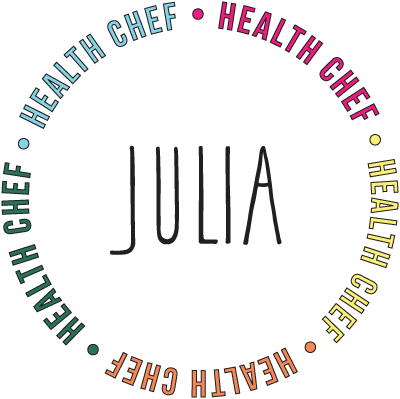If you’ve ever felt irritable after a sugar binge or anxious after too much coffee, you already have some idea about how your diet affects your brain. But do you know just how much your eating habits transform your mood?
You’ve probably heard the phrase, “you are what you eat.” Mentally speaking, this saying is pretty much true!
No diet can magically jolt you into total happiness and emotional well-being overnight, but research shows that dietary changes can actually change the physiological and chemical structure of our brains—so it’s important to think about what you’re putting into your mouth!
The Science of Food and Mood
Before we go any further, let’s talk about the science of what we eat. Many of the chemicals and hormones that affect our mood are produced in connection with the digestive system.
For example, the majority of our body’s serotonin—the “happy hormone” that regulates our moods, sleep, and even appetite—is made in the gastrointestinal tract. Another great example is the “good” bacteria of our gut microbiome, which are not only known to lessen inflammation but also activate neural pathways.
In other words, choosing one food over another affects not only your overall health but also the nutrients that influence your mind. It can help you decide what to eat, as well as what to avoid.
Some of the most obvious foods to affect your mood, of course, are sugary processed foods. We’ve long heard that our favorite sugary snacks, from cookies to soft drinks, can be bad for our health. That’s because these foods make our blood sugar spike and then fall rapidly. This drastic change can leave us irritable, tired, and moody. But what should you eat instead?
Your Brain on Healthy Food
According to a recent study, “traditional” diets like the Mediterranean diet and the traditional Japanese diet can decrease the risk of depression by 25-35% over Western-style diets. Researchers believe this contrast occurs because traditional diets include healthier foods: vegetables, fruits, whole grains, and seafood. By contrast, the Western-style diet often includes processed, refined, or sugary foods as well as higher amounts of meat and dairy products.
It makes it easier if you’re planning your meals to know what to reach for: pick one of many healthy traditional diets, which have a rich history of whole meals and recipes to inspire your cooking, and use them as a roadmap to healthy eating for an easy mood boost! Traditional diets may use slightly different ingredients, but they have key similarities: most include various types of foods mentioned above, in addition to pulses and the occasional lean meats, to create recipes for a healthy, happy life.
With a more traditional approach to your foods, you’ll find it much easier to boost your mood and feel better longer—but that doesn’t mean that you always have to follow the same traditional recipes! If you’re looking to shake things up by bringing those key traditional ingredients into fun new dishes, be sure to check out my other posts for recipes to inspire!
Home.




